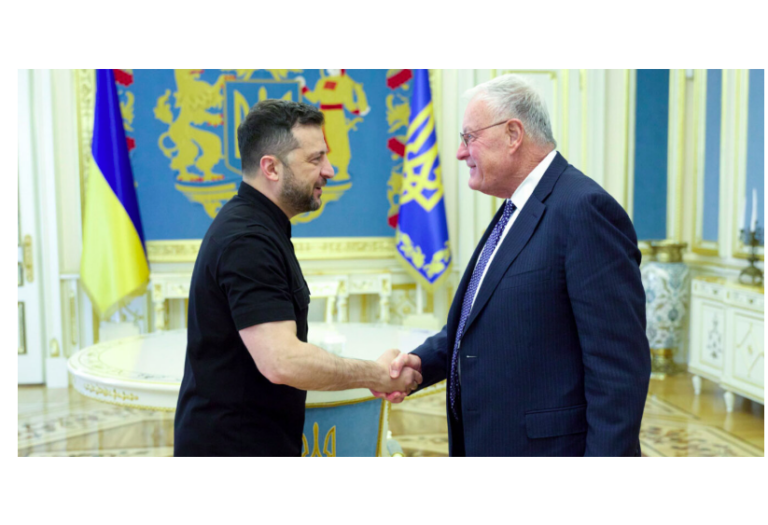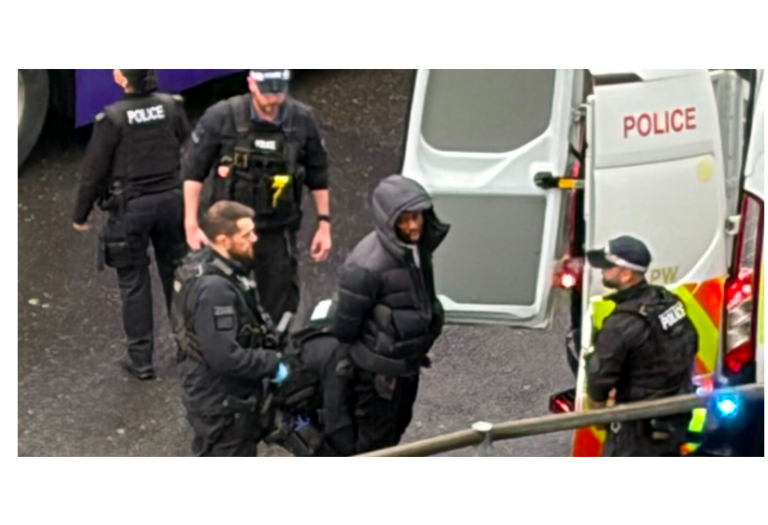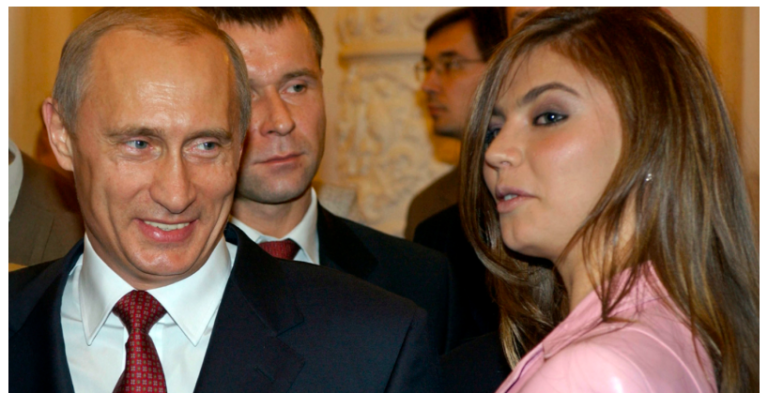Turkey, once NATO’s staunch southeastern flank sentinel against the Soviet Union, still operates the alliance’s second-largest military. These days, NATO’s second-largest military has a problem with its aerial firepower.
Turks are proud that their Air Force (TuAF) is the world’s ninth-largest. But it is not necessarily the ninth-strongest. According to the World Directory of Modern Military Aircraft, TuAF is not among the world’s top 15 militaries listed. Turkey has 110 attack helicopters and 205 fighter/interceptor aircraft, according to Global Firepower. But its fleet of 1,065 military aircraft includes no dedicated attack aircraft.
Traditionally, TuAF has been dependent almost solely on U.S. technology, primarily F-16 fighter jets. In the 1980s, Turkey set a production unit, Turkish Aircraft Industries (TAI), to assemble the F-16s under license from the U.S.-based Lockheed Martin.
Warren Buffett cut off his granddaughter who spent nearly every Christmas & Spring Break with him
TAI today has a totally different ambition: To build the first indigenous Turkish fighter jet, which could also be the world’s first Muslim fighter aircraft, and it has invited friendly nations Azerbaijan and Pakistan join the effort. Meanwhile Turkey is trying hard to support its assertive regional policy with military might.
Continue here: Gatestone Institute
Ask me anything
Explore related questions





